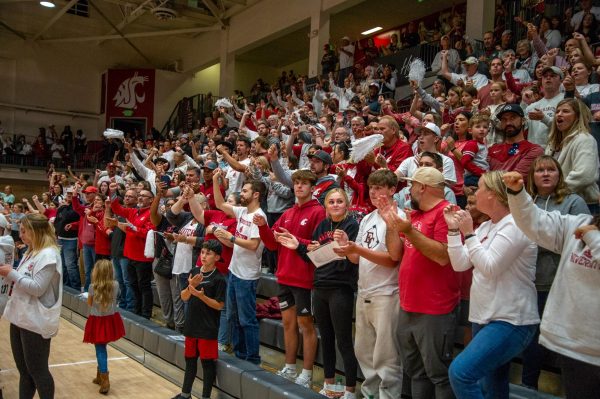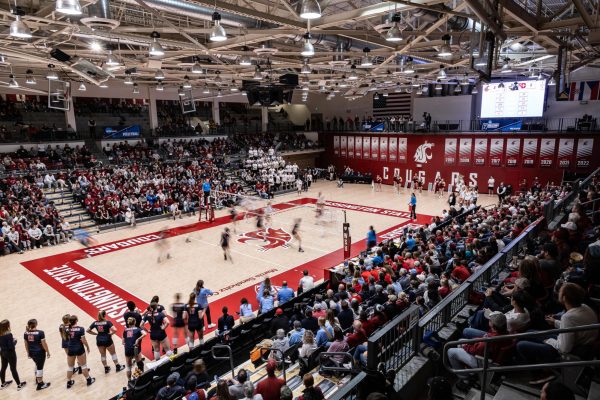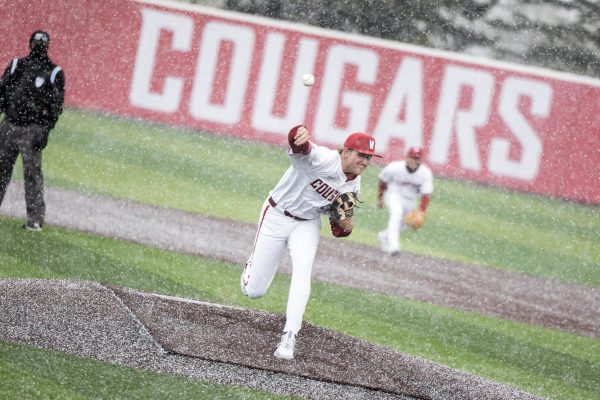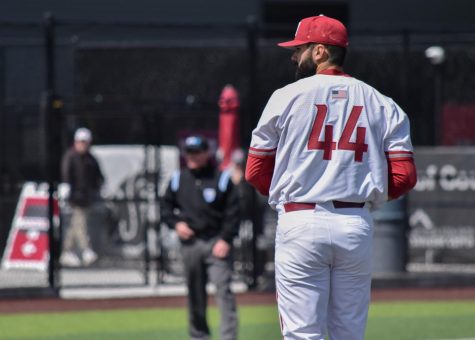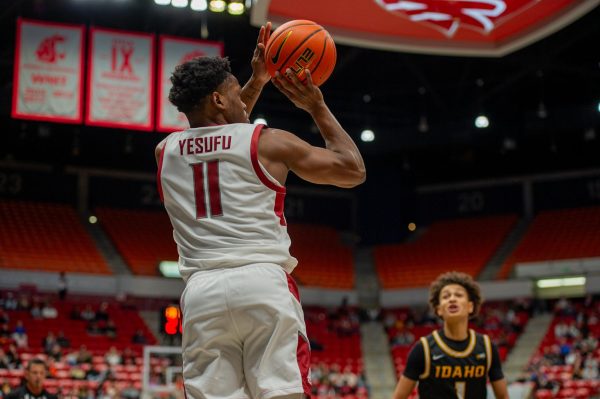TV is not going to complement the fan experience anytime soon
March 1, 2016
I never once liked covering a WSU women’s basketball game this winter that tipped off at 8 p.m. in Beasley Coliseum on Friday nights this conference season.
Watching the WSU-Colorado football game on my sofa over this past Thanksgiving break, a game that kicked off close to 7:45 p.m. in Martin Stadium in sub-30 degree weather on senior night, I’ll confess that I fell asleep in the fourth quarter when the Cougs had the game wrapped up.
I will also go out on a limb and venture that participating athletes and coaches have similar thoughts as fans, who would much prefer to attend the event live if it were not for the variable of television networks possessing the ability to schedule games it wishes to broadcast whenever it suits their airing schedule.
A team’s schedule is subject to the control of the television contract its ownership or athletic department has signed rather than being catered to the ticket purchasers.
Sporting events have become the quintessential advertising and marketing product of television programs, and with the money to be made off live broadcasts and viewership ratings, it is doubtful that the scheduling of start times will return to the old standard anytime soon.
Pullman is right in the thick of this alteration.
“It used to be that we could tell students that all they had to do was show up (to Beasley) on Thursday and Saturday nights and either the men’s or women’s (basketball) team would have a game,” Assistant Director of Communications for volleyball, cross-country and track and field Linda Chalich said in a conversation we had two weeks ago.
Chalich is referring to the broadcasting agreement for Pac-10 basketball games that existed for decades before the conference becoming the Pac-12 with the additions of Utah and Colorado in 2011.
Games were played on Thursdays and Saturdays for both the men’s and women’s teams and the programs faced the same two opponents, with one set of teams playing at home and the other on the road.
It was consistent, something even a 19-year-old like myself grew up on, and made for easy attendance or viewership. A fan always knew when the games would be played and what the rotation of a team’s schedule looked like.
All of this was annihilated with the formation of the Pac-12 Network and the contract all 12 schools signed, which gave the network access to scheduling the start times of and airing all sporting events it wishes to pick up not already covered by ESPN, Fox or CBS.
Nowadays, we have Thursday night Pac-12 football, basketball games running Wednesday through Sunday and uneven scheduling between correlating men’s and women’s programs.
Despite all of this, the dollar sign is too large and far greener than any aesthetics achieved in symmetry between the wishes of fans and television networks with regards to announcing the start times of contests.
“They (television networks) need to understand that we’re a small town that isn’t easy to travel in and out of,” Chalich said. “Poor Ernie (Kent) has been running around all year trying just to get fans to come to the games.”
Sports, a pastime of America, are a new form of monopoly created within television with capitalistic weeds sprouting from their roots.
Yet I will also acknowledge WSU athletic director Bill Moos’ signing of a $3 billion television agreement between ESPN and Fox, money that has been used to build the Cougar Football Complex, renovate Lower Soccer Field and increase coach’s salaries and recruiting budgets.
The issue runs both ways. In a small college town, the WSU athletic department requires this revenue for recruitment and program retention rates when competing against the rest of the Pac-12. However, in a small college town on the Palouse, feasible scheduling for traveling fans is also imperative.
With subscription fees for sports channels steadily rising, athletic department budgets doubling in an average of every 10 years and an increase in academic performance from student bodies at universities with premier sports teams, both parties benefit.
Not to sound like an overt pessimist, but this is the standard of sports viewership. WSU wants its licensing revenue and the media craves the product its sports teams produce. With a mutual need, the conundrum is not at all prepared to resolve itself.







